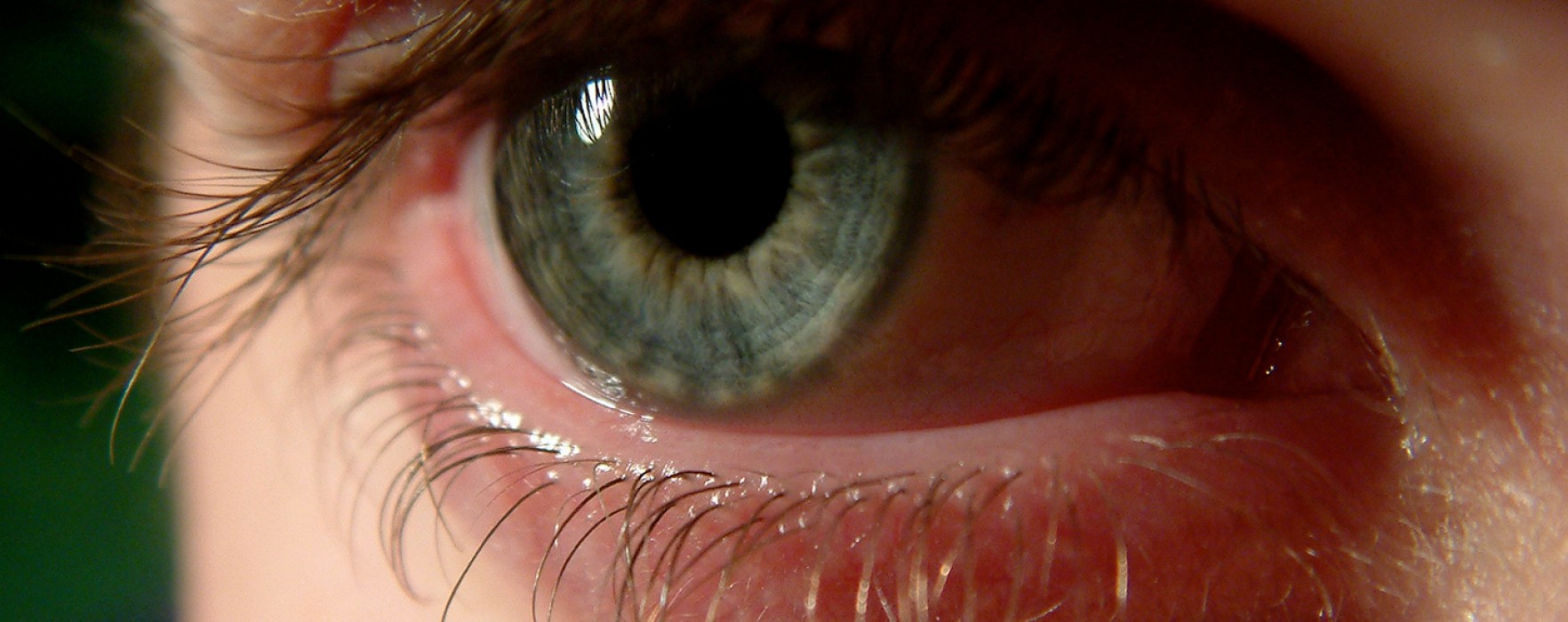A total of 22 students at the University of Sussex interested in an academic career took part in a scheme over the summer that allowed them to earn money whilst researching.
The Junior Research Associate (JRA) scheme aims to help undergraduates interested in a career in research to get a feel for what living an academic career is like by receiving a bursary of up to £1,800.
The students who were successful in their applications had the opportunity to engage in original research whilst supervised by the university’s researchers.
Katherine Fensome, an undergraduate who studied bees and other pollinating insects at the Castle Hill nature reserve during the summer, said: “I really enjoyed the fact that I got to do the JRA and to be employed full-time doing a research project in an area that I really like.
“I liked the applied side of life sciences, I really enjoyed it for that and feel really lucky, but whilst it was great, the grind of going out and collecting the data was more exhausting than I imagined.
“It was hard to work through the summer and then into my final year, but I think it proved really invaluable and I wouldn’t let that ever put anybody off applying for the JRA, in fact I hugely recommend it.
“It was really interesting having a different perspective to academia because in lectures you only hear about ideas that have been found and you don’t hear much about what’s gone into it.”
Katherine’s placement was with the Laboratory of Apiculture and Social Insects, located behind the Medical building. She performed her research with Dr. Francis Ratnieks, who runs the Apiculture and Social Insects lab
The reason they chose Castle Hill as their research site is because Dr. Couvillon, a researcher at Sussex, who studies bees, realised they are more likely to work further away from their home than normal during the summer months. Ditchling Beacon and Castle Hill are both common places for these bees to travel to.
Katherine said in order to get a JRA placement you have to talk to the lecturer you want to do the placement with, submit a proposal outlining what you are going to study, and also include an academic CV of your results.
“Some people had to completely formulate their own thing and submit that, but my one was half there because I worked closely with a PhD student.
“To get a JRA you do have to have high results, like I had a 2:1, but it’s not like you have to have a first, just so long as you show you’re really interested in a career in research as well.”
Another person who took part in the scheme was Melvyn Ansell, a chemistry student, who looked at small molecules called Frustrated Lewis Pairs which react with molecules like carbon dioxide, in the hope that it solves the problem of greenhouse gases. In an interview with the University of Sussex, Melvyn said:
“I felt the JRA would help me confirm my desire to do research in the future, and it has. It was a great opportunity to work with people who have already done research for a number of years and to work with a well integrated team.
Jack Miller took part in a physics JRA in which he investigated ‘high voltage breakdown’, the development of large sparks in scientific equipment that can lead to major problems. Also in an interview with the University, he said:
“I thoroughly enjoyed my JRA experience, and gained a lot of valuable knowledge form it”.



